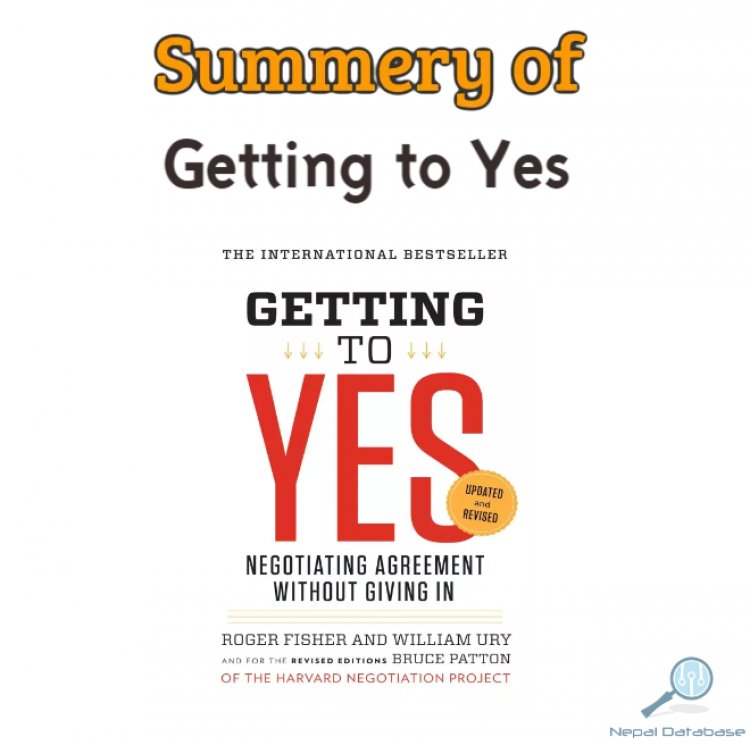Mastering Negotiations: A Summary of the Classic Book "Getting to Yes"
Learn the key principles of successful negotiation with this summary of the renowned book "Getting to Yes". Discover how to separate people from the problem and achieve mutually beneficial agreements.

"Getting to Yes" is a negotiation guidebook written by Roger Fisher and William Ury. The book provides a framework for achieving mutually beneficial agreements in negotiations, whether in personal or professional contexts. The authors argue that the key to successful negotiation is to separate the people involved from the problem at hand and focus on finding mutually beneficial solutions.
One of the main themes of the book is the importance of separating interests from positions. The authors argue that it is crucial to understand the underlying interests and needs of the other party in a negotiation, rather than just focusing on their stated positions. By understanding the interests of the other party, it becomes easier to find creative solutions that meet both parties' needs.
Another key theme is the importance of using objective criteria to evaluate options and reach agreements. The authors recommend using objective standards, such as market value or legal precedents, to determine the fairness of a proposed agreement. This helps to reduce the impact of personal biases and emotions on the negotiation process.
The book also emphasizes the importance of negotiation preparation. The authors recommend thoroughly researching the issue at hand, considering a wide range of options, and anticipating the arguments and objections of the other party. This can help negotiators enter the negotiation with confidence and increase their chances of reaching a mutually beneficial agreement.
The authors also discuss the concept of "no-deal options," or the ability to walk away from a negotiation if an agreement cannot be reached. They argue that having a clear alternative plan gives a negotiator more leverage and allows them to stick to their interests.
Finally, the book advocates for the use of principled negotiation, a method that focuses on finding mutually beneficial solutions that are fair, respectful, and based on objective criteria. The authors argue that this approach can help negotiators build trust and resolve conflicts more effectively.
Overall, "Getting to Yes" offers practical strategies and techniques for achieving mutually beneficial agreements in negotiations. Its emphasis on understanding the interests of the other party, using objective criteria, and engaging in principled negotiation can help readers become more effective and successful negotiators.
What's Your Reaction?




































































































